The Paleo diet is one of the most popular styles of eating to date and is no longer thought of as only a diet, but it’s now also considered to be an optimal way of living and is used for healing.
Many people who choose to eat Paleo do so because of digestive disorders, autoimmune disease, or for other health and fitness reasons.
Maybe you’ve considered it yourself but are unsure of what the Paleo diet actually entails or how to do it the right way.
While there are multiple books you can pick up on Paleo diets, many books contain foods not eaten in the traditional Paleo template. It’s also not a diet based off of meat alone like many believe the Paleo diet to be.
Loren Cordain, Ph.D., is the founder and author of the first book on the Paleo diet. Cordain studied the eating and living patterns of our historic ancestors who foraged the land for wild food.
What he found through his studies and working with his patients whom he administered the Paleo diet to, was that humans thrived off simple, land and water-based foods.
The diet is now used as a form of healing because it removes foods from the diet that can trigger allergenic and intolerances (such as beans, grains, seeds, eggs, and some people even avoid nuts).
Here are the foods to be avoided on a true Paleo diet:
- Grains
- Legumes (beans, peas, lentils)
- Seeds
- Nightshades (tomatoes, regular potatoes, eggplant, goji berries, and peppers)
- Sugar
- Dairy
- Eggs
- Additives and all processed foods
The true Paleo diet included foods such as:
- Meat
- Seafood
- Lots of plants (fruits, vegetables, greens)
- Nuts on occasion
That’s it!
Modern versions of the Paleo diet have added in eggs, some natural sugars like honey, and some seeds to the current Paleo style of eating, but many people who adhere to a true Paleo diet avoid these because they weren’t easy to actually find, prepare, and eat so many years ago during the Paleolithic period.
What All of This Means:
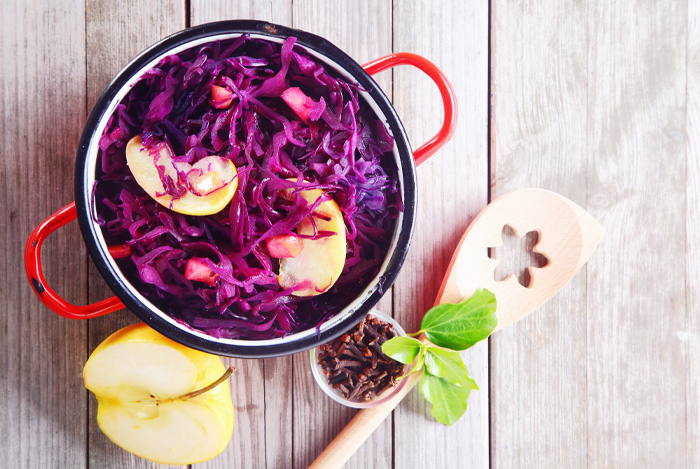
The Paleo diet is based off of the premises that if you can’t find it in nature and prepare it yourself, it wasn’t made for human consumption.
For example, the amount of work we would have to do to take a grain and make it suitable for eating out in nature would be pretty difficult.
However, we also wouldn’t be eating mostly meat, but would be eating off of the land where most plants are found.
Meat and fish would be eaten on occasion, but we certainly wouldn’t be eating any dairy products or milking cows to get our calcium. It makes sense when you think about it which is just one of the many reasons Paleo diets have become so popular.
Is the Paleo Diet Right for You?

Before you jump into the Paleo diet, though, consider if it’s really necessary.
Whole grains have many documented, well-researched benefits and may not be a food you necessarily have to avoid.
If you’re not one to enjoy eating animal-rich foods, the Paleo diet is likely not for you either.
You may simply benefit from eating a wheat-free or gluten-free diet but still be able to consume gluten-free oats or grains such as buckwheat and wild rice.
However, if you have a severe digestive disorder, autoimmune disease, or another illness that has led you to believe you should explore the possible benefits of a grain-free, Paleo style diet, here are some health tips to keep in mind to make the most of your Paleo diet:
1. Fill up on Plants
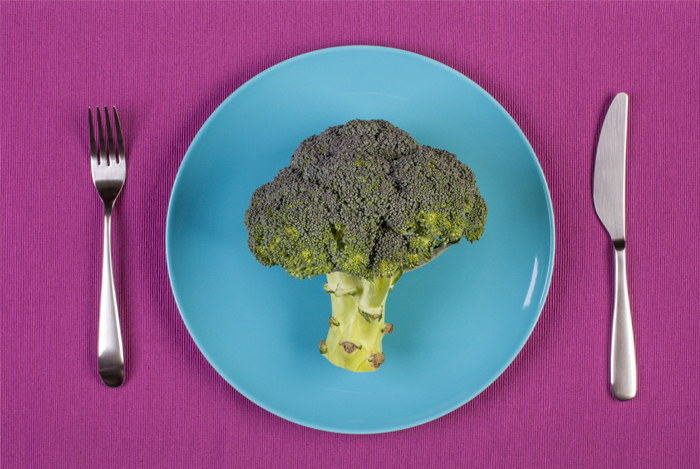
A true Paleo diet and an optimal grain-free diet is not about loading up on meat at your meals. With this route, you won’t end up feeling so great and you’ll also be missing out on one of the main benefits of going Paleo: eating lots of fresh foods!
So eat plenty of fruits, vegetables, herbs, and greens. Fill up ¾ of your plate with them at each meal. For instance have 2 cups of greens, 1 cup of vegetables, and 1 piece of fruit every single time you eat.
Season your foods with herbs like basil and mint instead of processed condiments, or just make your own condiments at home!
Plant-based foods provide fiber, vitamins, minerals, and antioxidants you will not get from other foods. They’re also vital for energy levels, maintaining a healthy weight, and taking care of your heart.
2. Explore the Option of Seeds
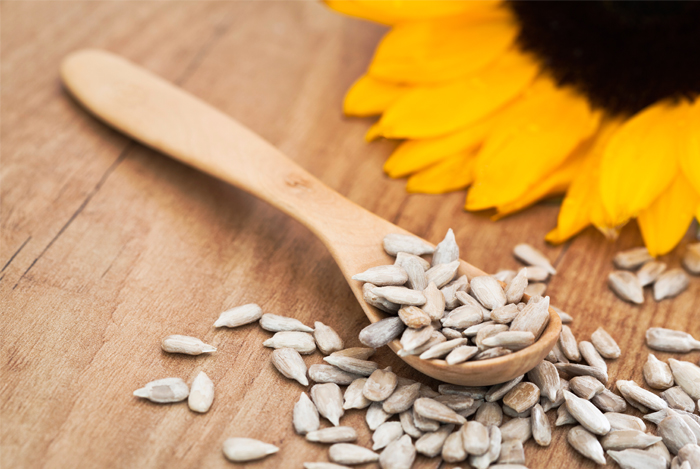
Seeds can provide a substantial amount of plant-based protein if you’re not crazy about eating meat. However, one reason they’re not included in the original Paleo diet is because the body can react to them similar to the way it does grains.
Explore your options with this and see how they work for you. Start with safe options such as ground flax seeds which is full of omega-3 fatty acids, and then explore the options of seeds like chia and sunflower seeds.
3. Add Meat in as a Side and Opt for Fish
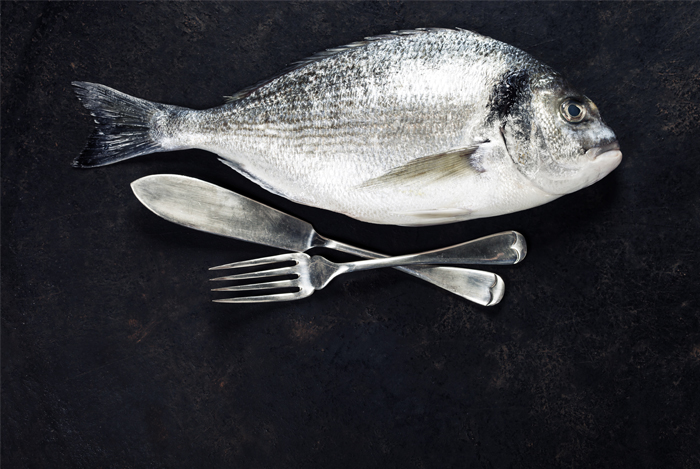
Meat (or fish) should be served in 3-4 ounce portions, not massive 6-8 ounce slabs of steak or two burgers like some people eat or believe the Paleo diet to be. Meat was thought of as more of a condiment, not the main course of the meal.
Go for fish before meat since it’s less inflammatory and a better source of omega-3’ fatty acids. Fish is also more friendly to your body if you’re looking to lose weight and prevent heart disease.
4. Avoid All Added Sugars
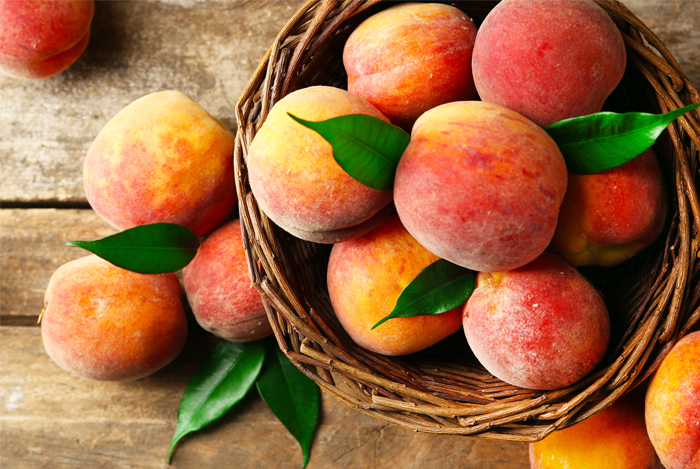
Traditional Paleo cookbooks do not include several Paleo desserts rich in honey, maple syrup, coconut sugar, or other modernized forms of Paleo sugars that are in most cookbooks today.
If you consume these regularly, you’re not doing your body any favors and will likely gain weight. It’s important to stick to simple foods if you’re choosing to eat a grain-free diet, so opt for fruit as your sweetener, or go with a pure, liquid stevia which is made from the stevia leaf herb.
5. Opt for Coconut, Nuts, and Olives for Your Healthy Fats
Coconut, nuts, and olives are three amazing sources of healthy fats and are Paleo-approved.
Choose raw coconut butter, raw nut butter, raw coconut meat, coconut, raw nuts and seeds, and whole olives for the most benefits.
Try to get your healthy fats from plants versus excessive animal sources and your energy levels (and digestion) will benefit greatly.
Along with these 5 tips, be sure you’re also open to changes when you explore a grain-free, Paleo style diet. Remember that the Paleo diet isn’t for everyone, so if you don’t find it makes you feel as great as you hoped, don’t be afraid to try something different.
The goal of everyone’s diet should be to eat for optimal health which is something different for everyone.
Explore what form of eating that might be for you, and if the Paleo diet is it, then be sure you do it in a way that provides the most health benefits possible.
In the meantime, check out these tips to eat a clean and healthy diet if you’re looking to explore what foods might be right for you and your current health needs!
The post How to Eat a Healthy, Grain-Free Diet – Top Health Tips If You’re Looking to go Paleo appeared first on Nutrition Secrets.
http://www.nutritionsecrets.com/how-to-eat-a-healthy-grain-free-diet-top-health-tips-if-youre-looking-to-go-paleo/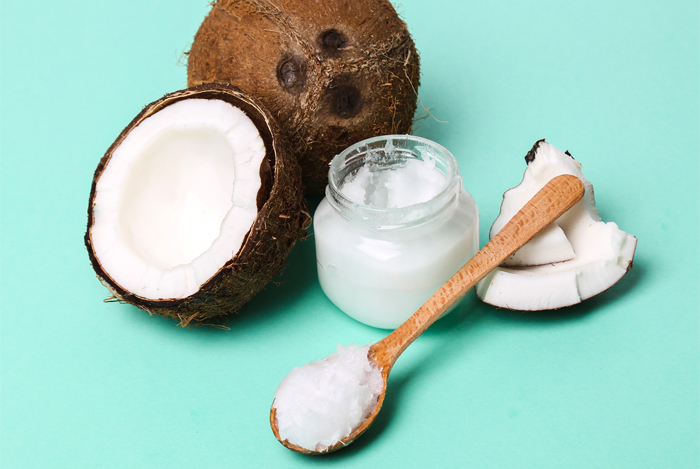
No comments:
Post a Comment